The Best Way To Visit The UNESCO Site of Rocamadour
After breakfast at Manoir de Malagorse, we hopped in the car for a quick half hour drive to an ancient site of pilgrimage and UNESCO world heritage site which seems to be on everyones travel bucket list: Rocamadour. Before visiting, I did not actually know much about the place, but the moment someone mentions an old Medieval town, with lots of churches and chapels to explore I’m pretty much automatically on board.
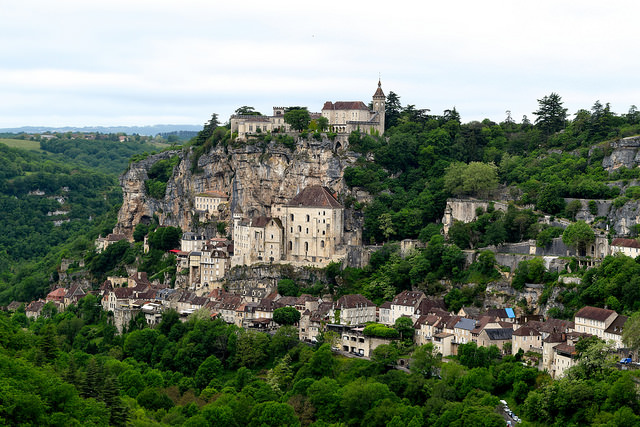
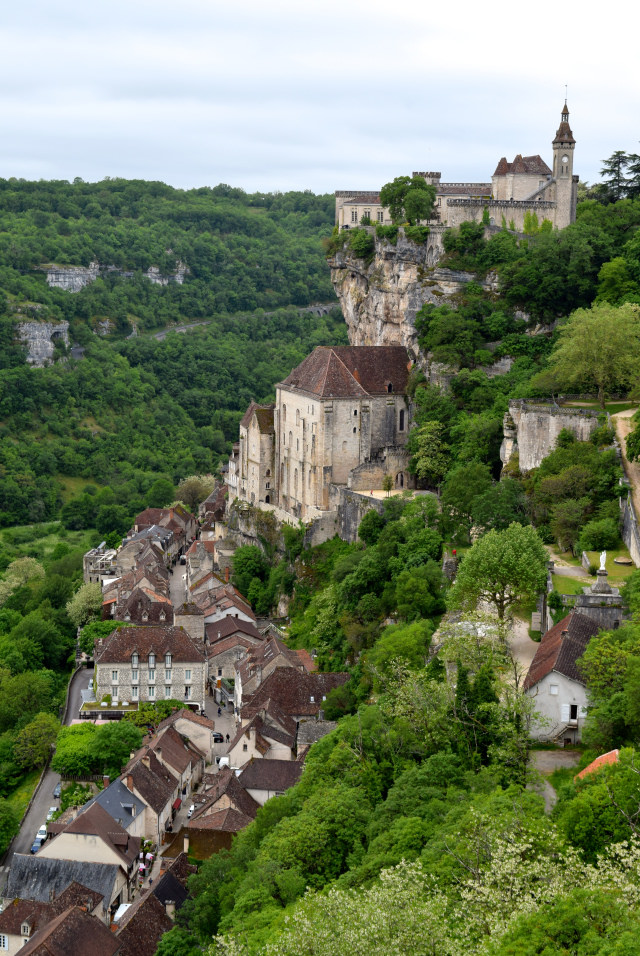
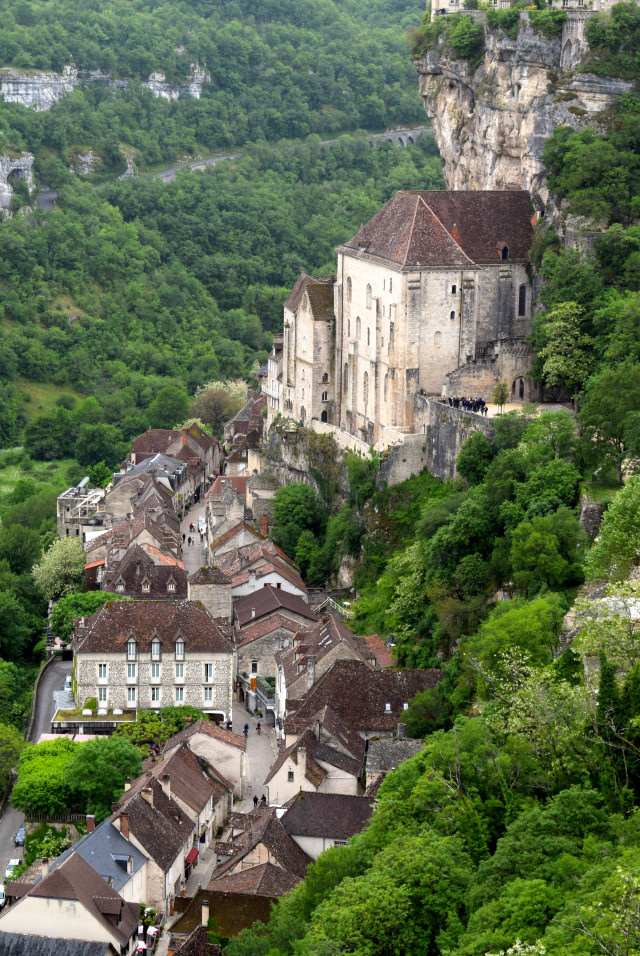
If you really want to catch a good view of the town climbing up into the mountains, check the map as there are several great vantage points where you can park up and get out with a pair of binoculars to admire the view, or to take a killer Instagram. Stopping off for a good look is a must either when you’re heading into the city or heading out. Another pro tip is while it is nice to park up at the bottom and make your way up through the town and to scale the 216 pilgrims used to climb on their knees, if you’ve got someone with you who is not so easy on their feet you can also park nearer the top to explore the chapels.
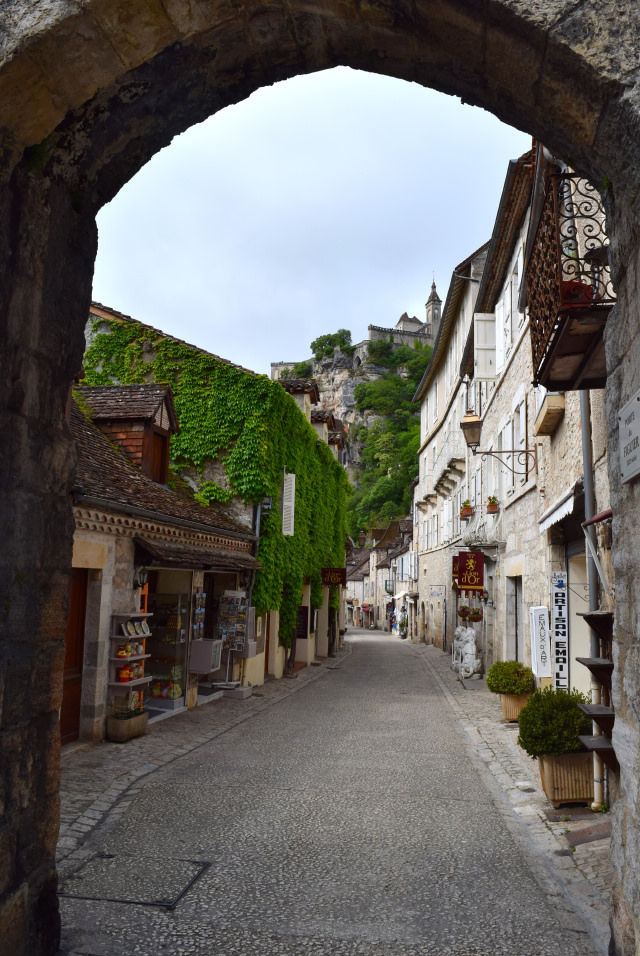
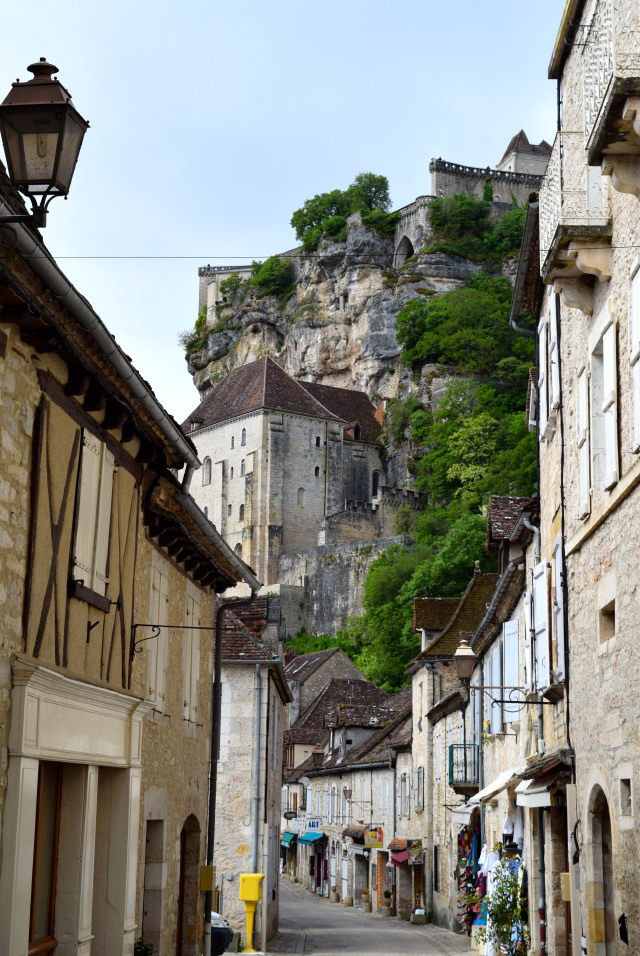
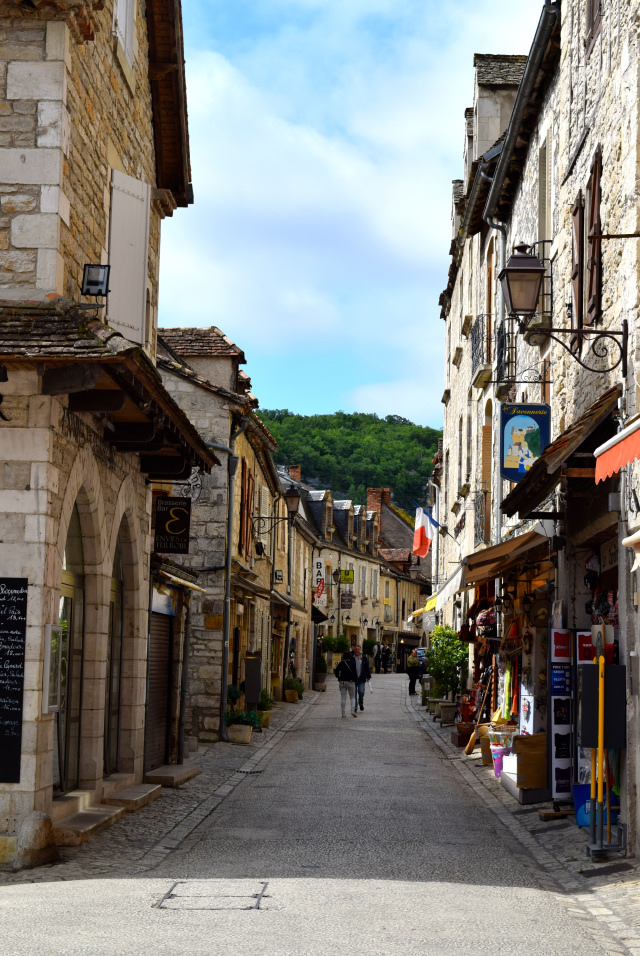
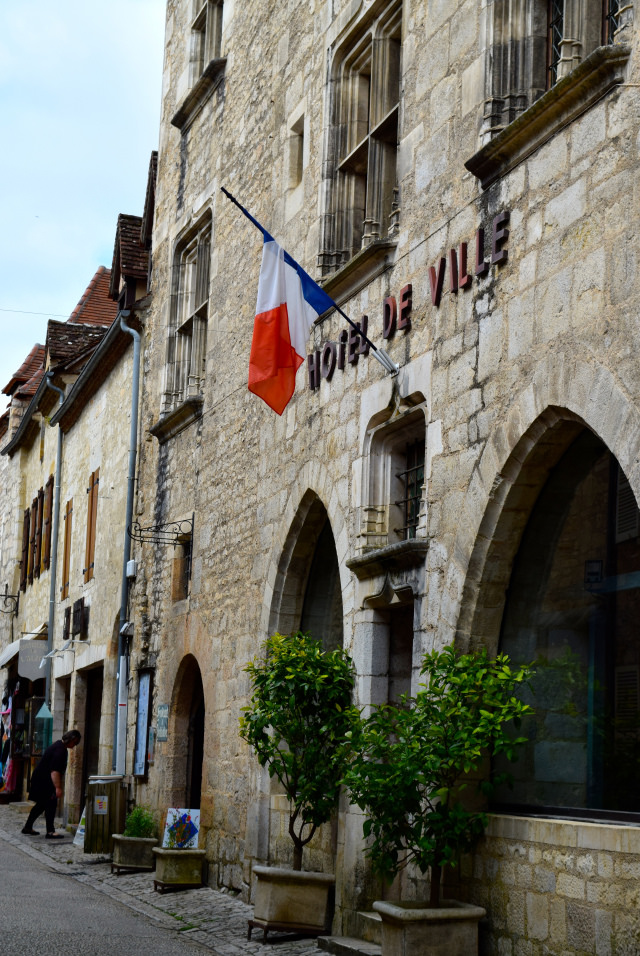
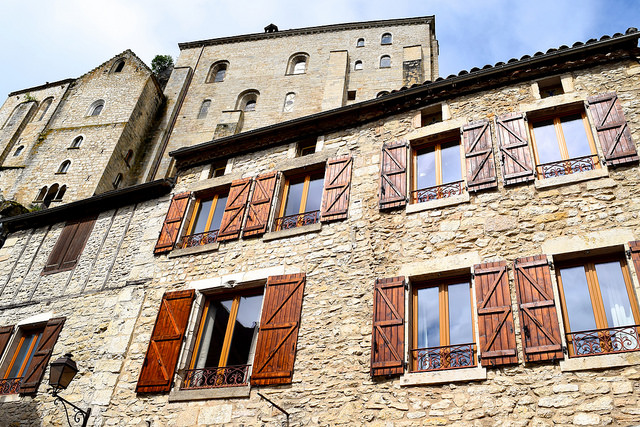
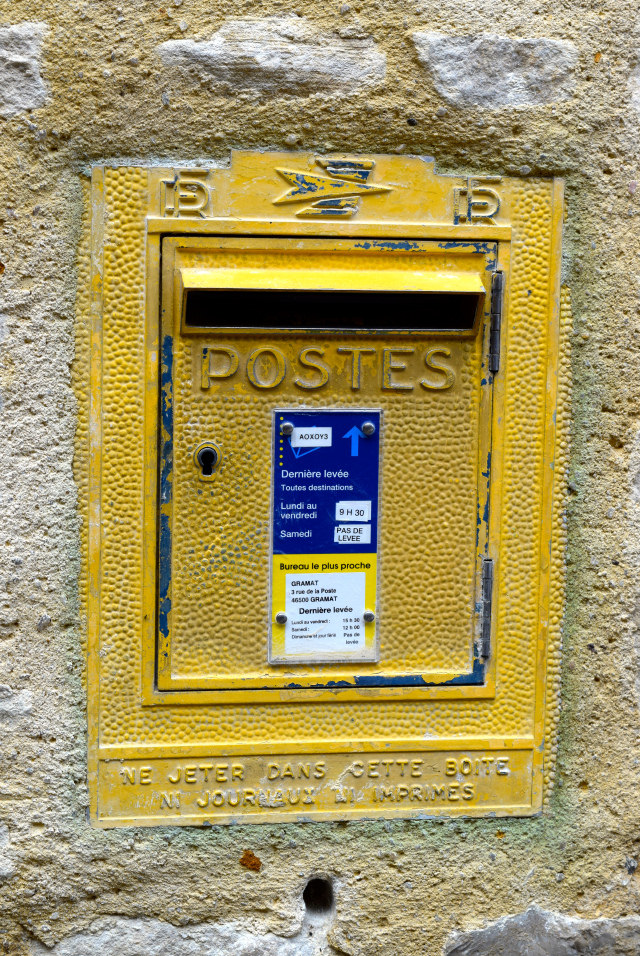
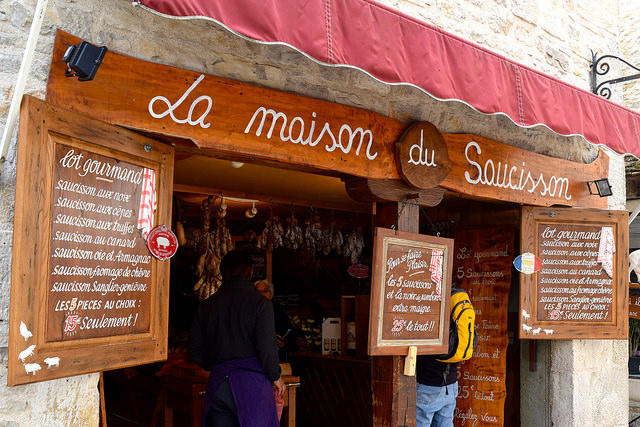
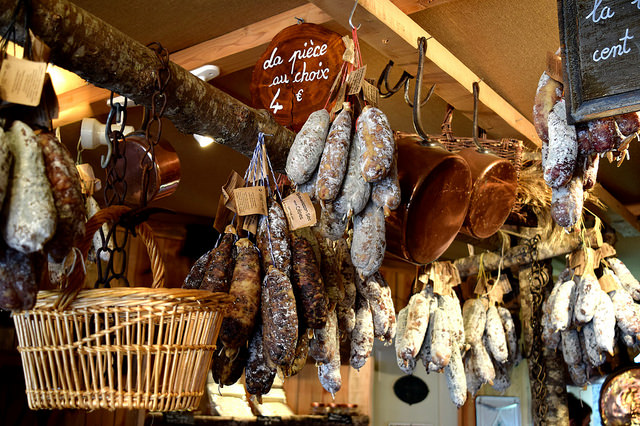
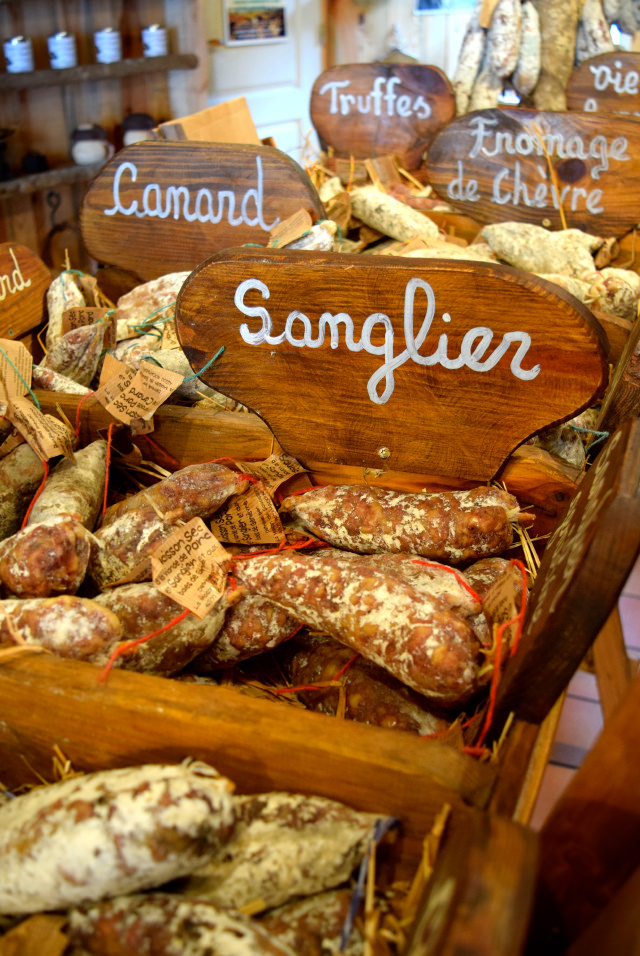
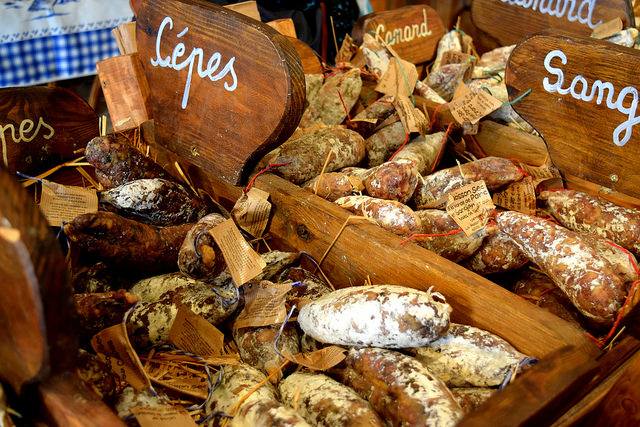
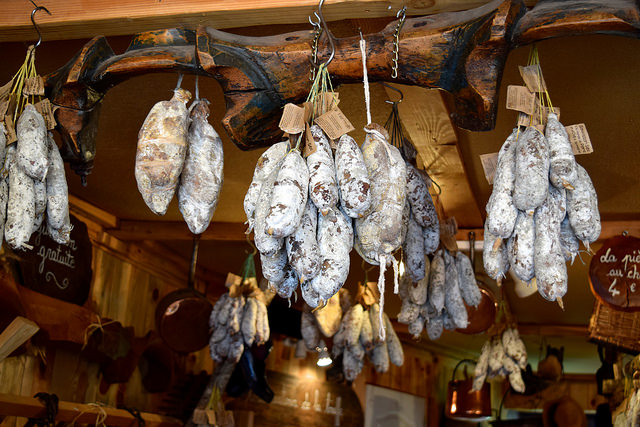
The town itself is pretty typical for somewhere that attracts tourists and pilgrims; there are all the usual restaurants, bars, cafes and a few hotels, as well as a prettied up Hotel de Ville, and hostels run by monks for those who’ve made the pilgrimage but can’t afford to stay anywhere else. I’m of the firm belief that you can get a decent meal in most restaurants in France, so I’d just try your luck. As for other foodie recommendations, on the main street look out for La Maison du Saucisson. You can sample all of the delicious local saucisson, made with regional flavours like cepes mushrooms (my favourite) and truffle, to name a few. The owner speaks perfect English from time spent in Australia (you’ll also find him running a stall at Sarlat market on Saturday mornings), and the saucisson are only €4 each (or 5 for €15).
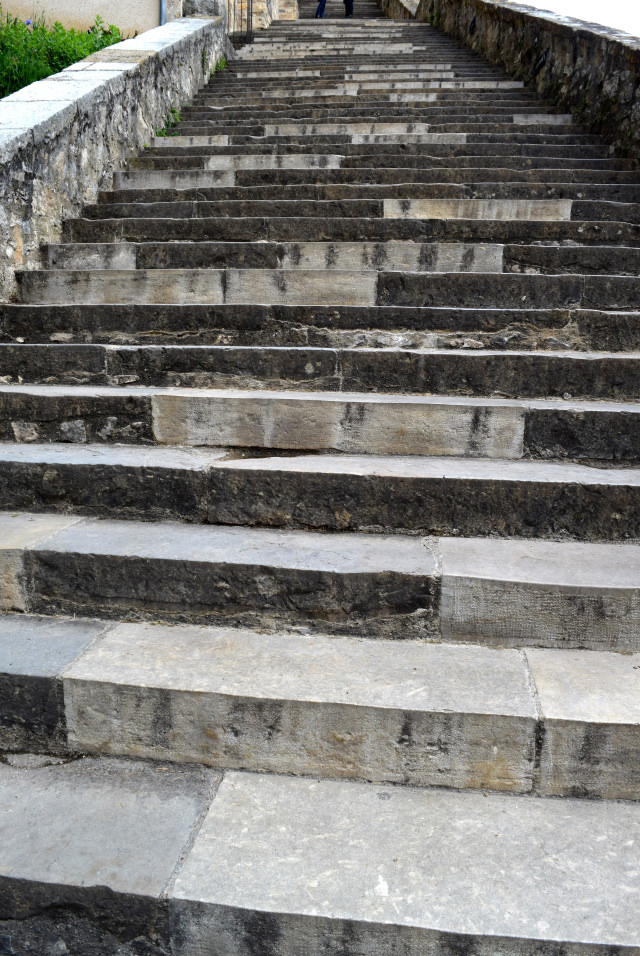
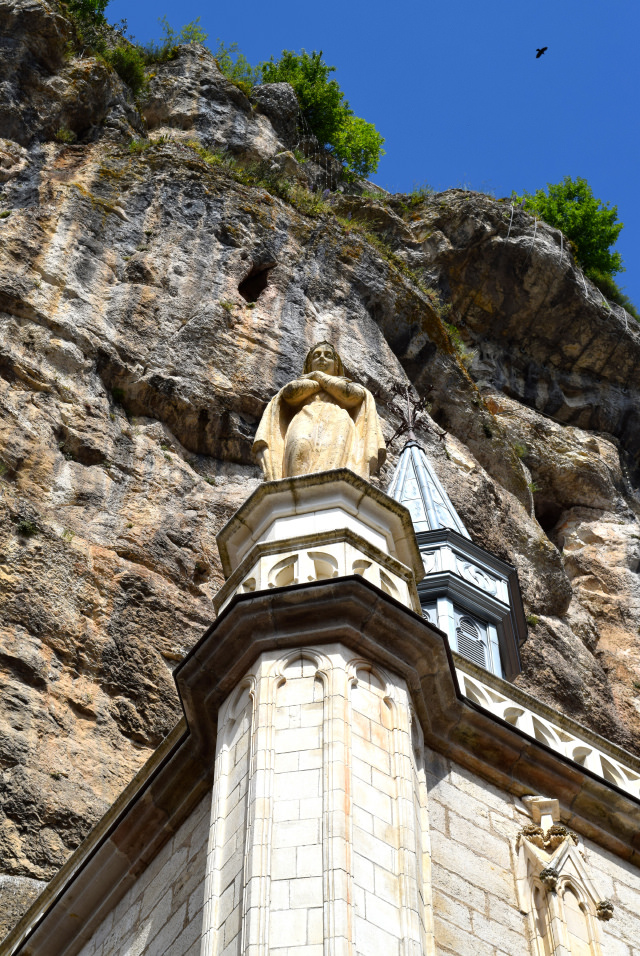
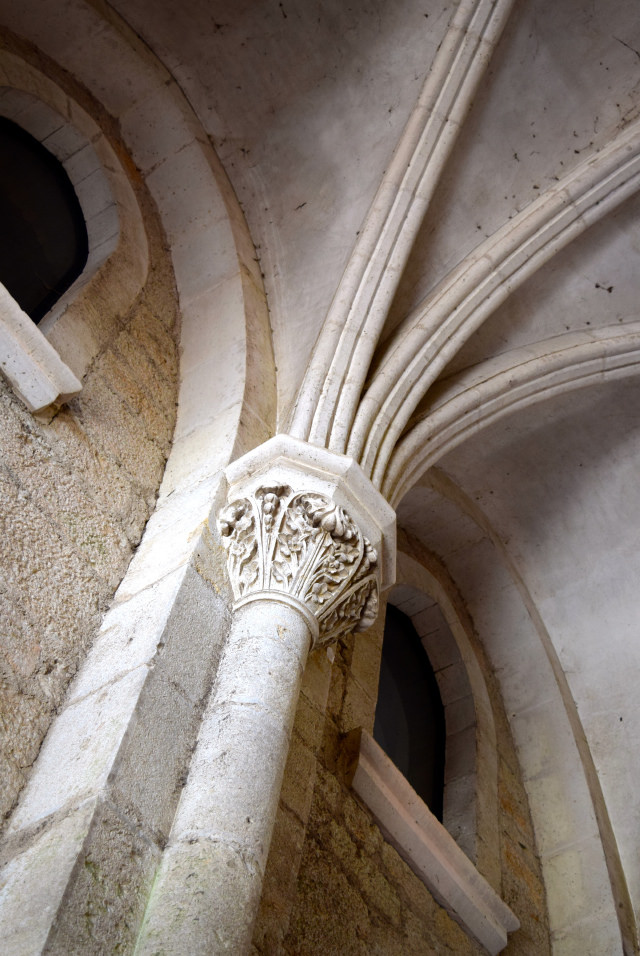
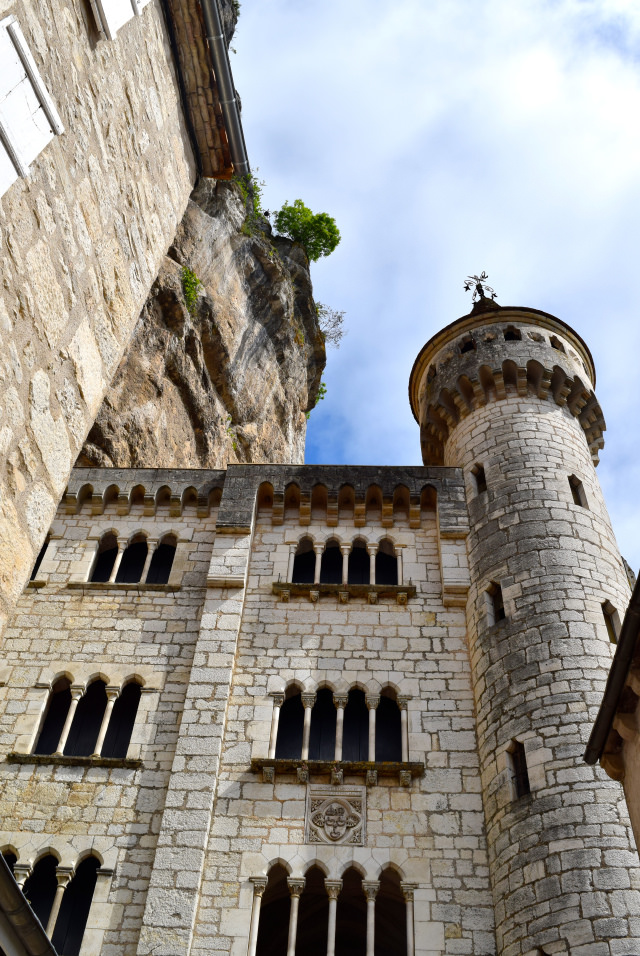
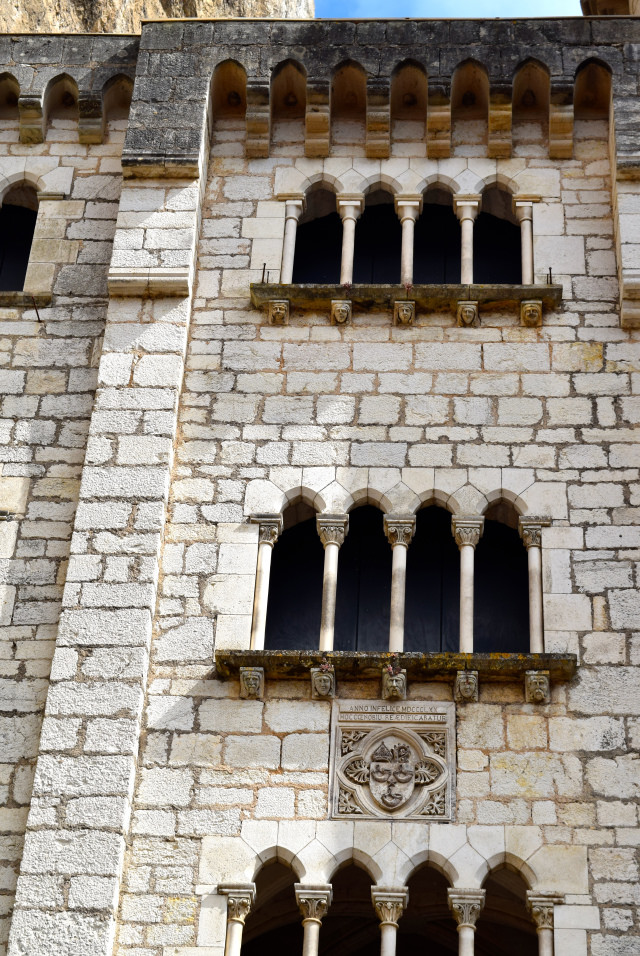
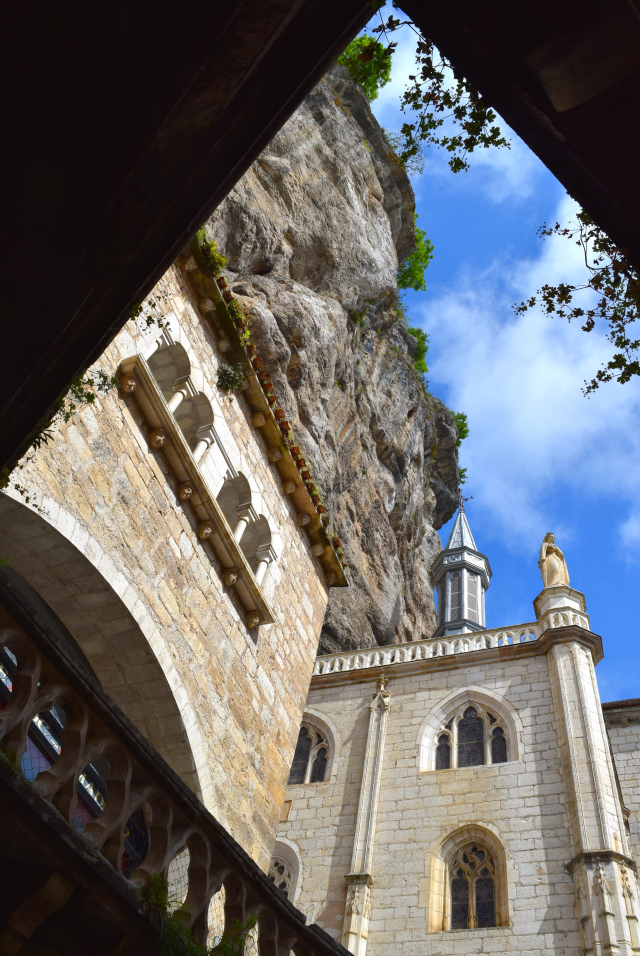
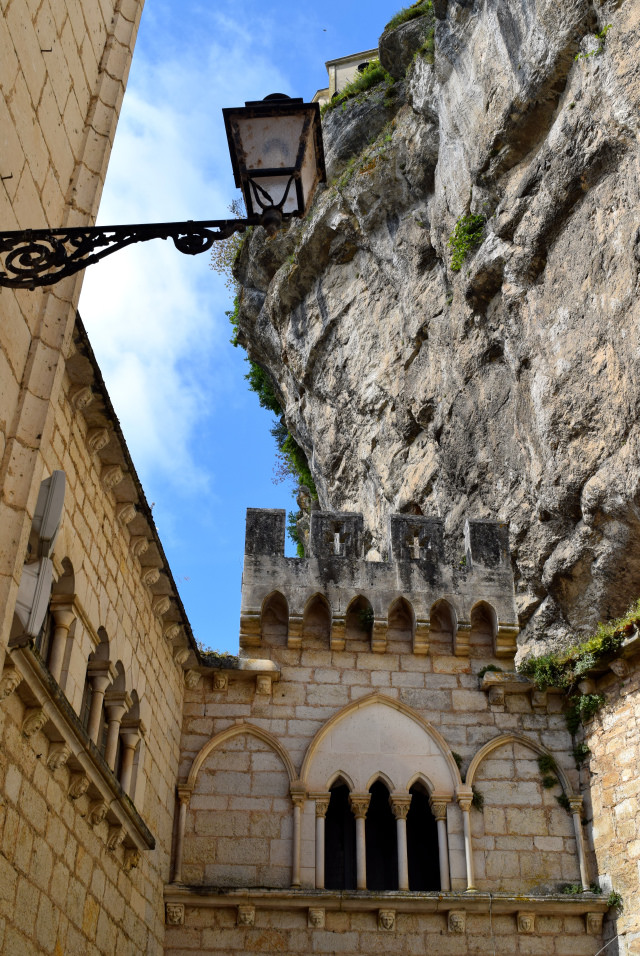
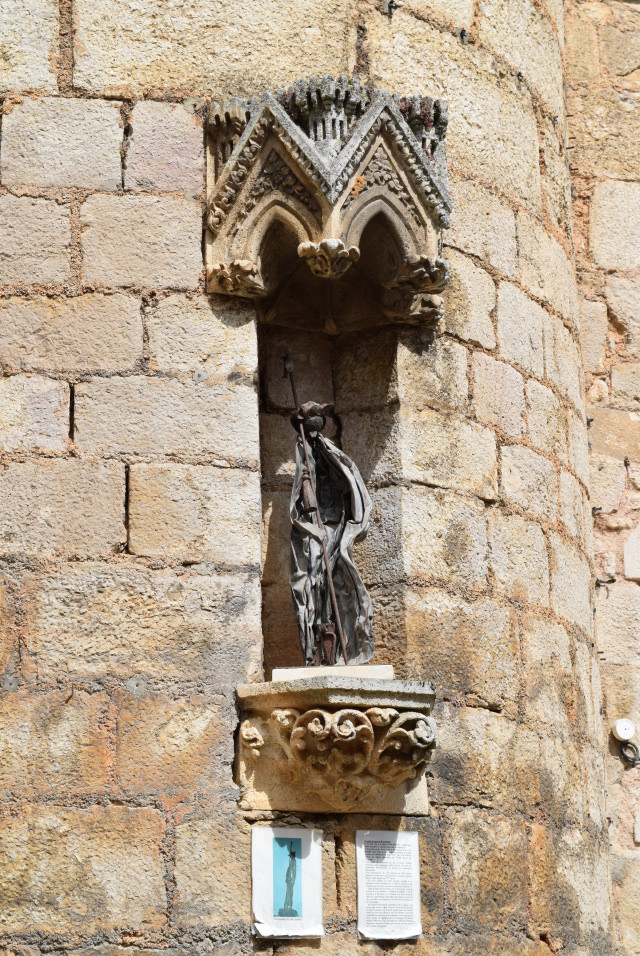
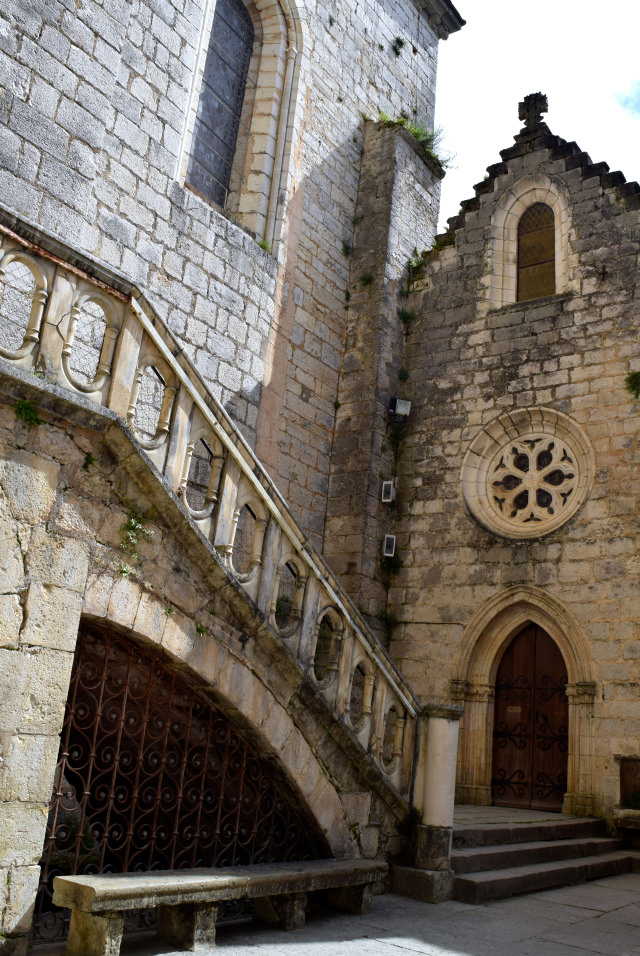
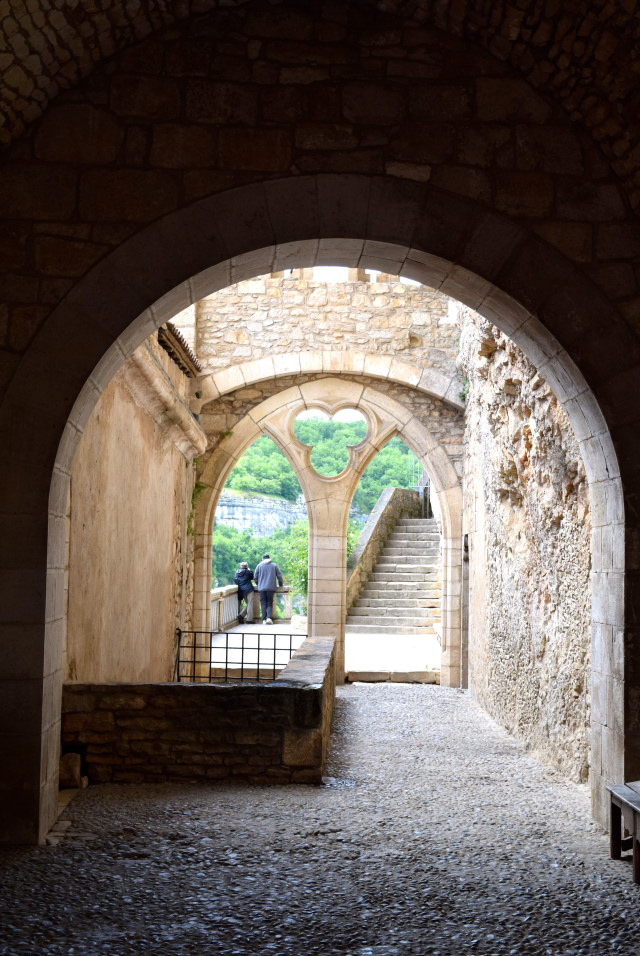
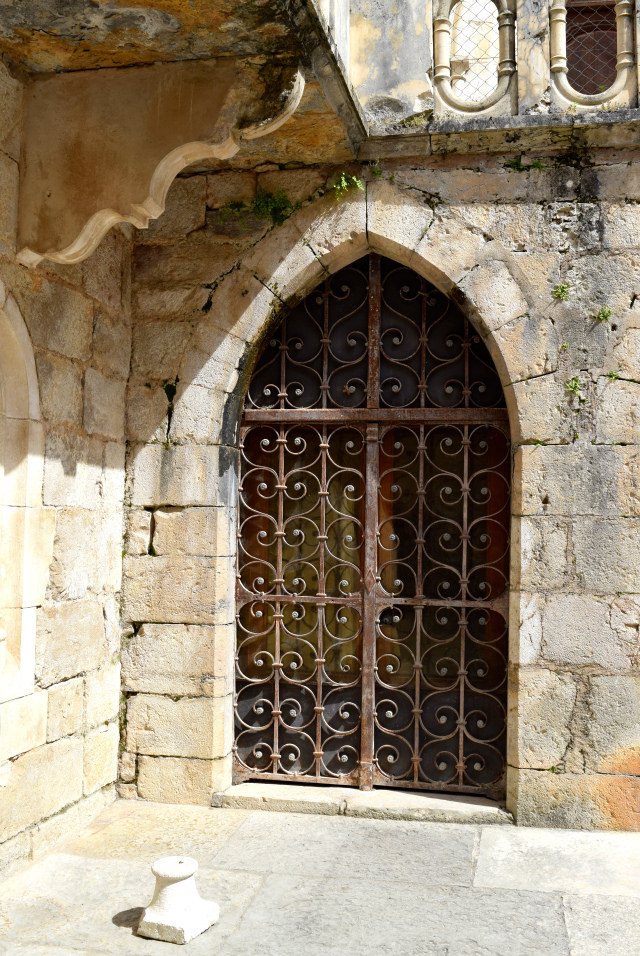
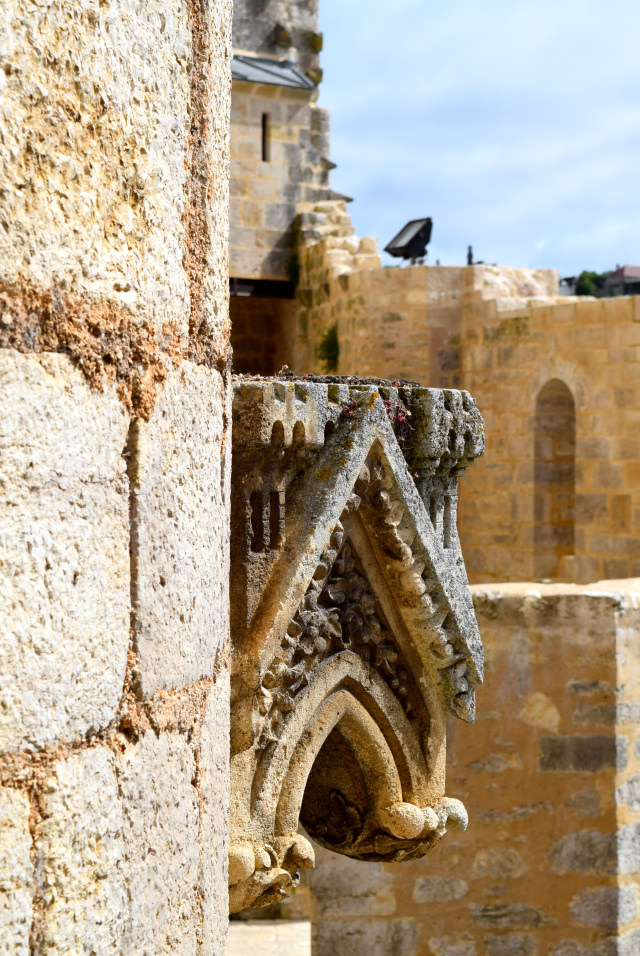
We arrived at Rocamadour around 10am, a little before the clouds had burnt off and the sun had come out, and more importantly before all of the tourists started to spill in. We stayed there about an hour and a half, briefly exploring the town before climbing up under the great archway into the religious site to explore. There were still a lot of people there, but not so many that they impeded you freely wandering, and taking photos of the beautiful stonework without them being filled with tourists. Big buses of people were arriving as we left, so planning a slightly early start (though, we were visiting off-season, which I’d recommend with any popular destination) is more than worth it. I liked the Dordogne Valley in May. Nice and warm but not too hot.
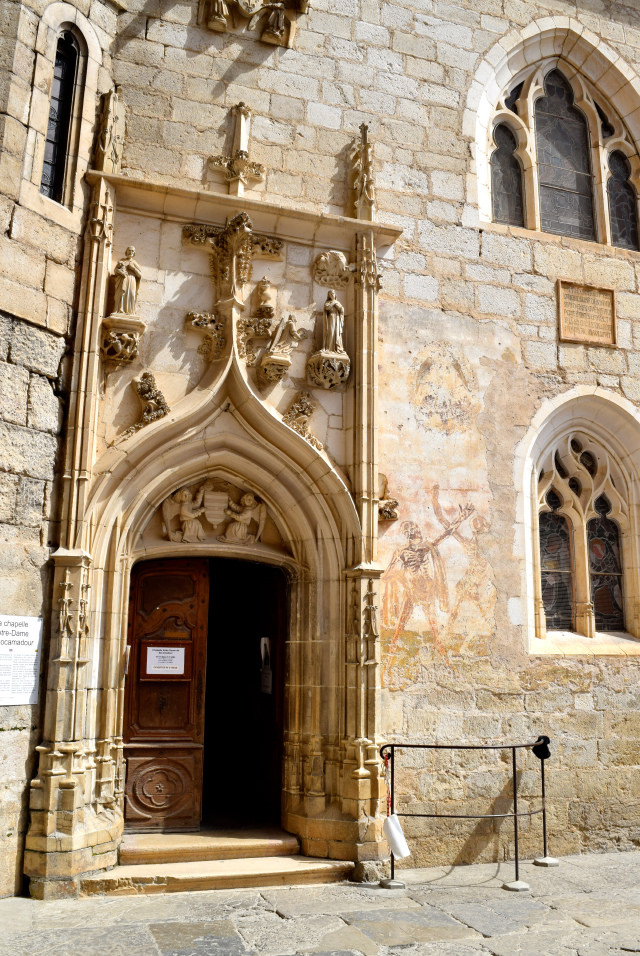
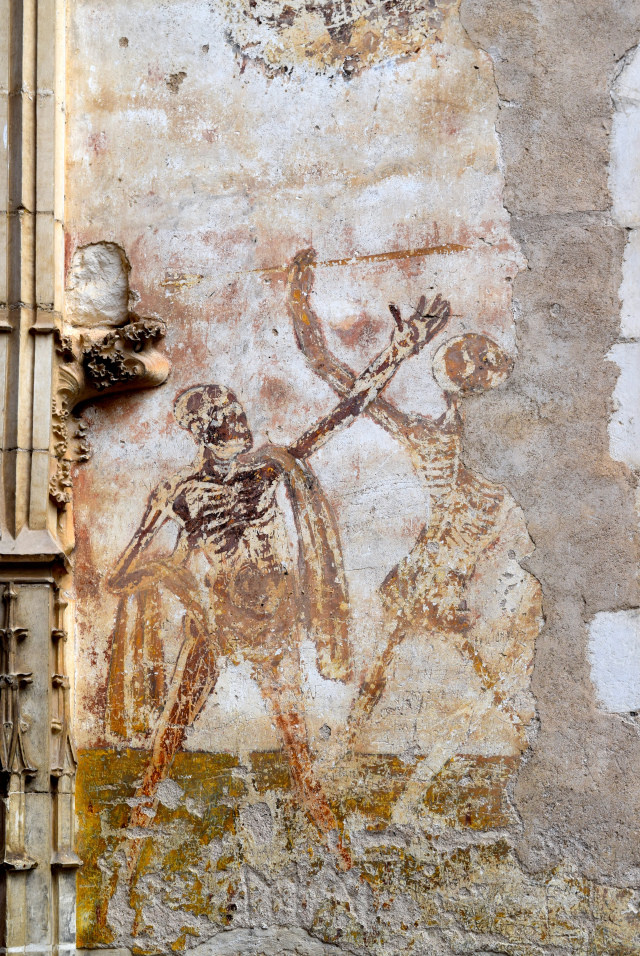
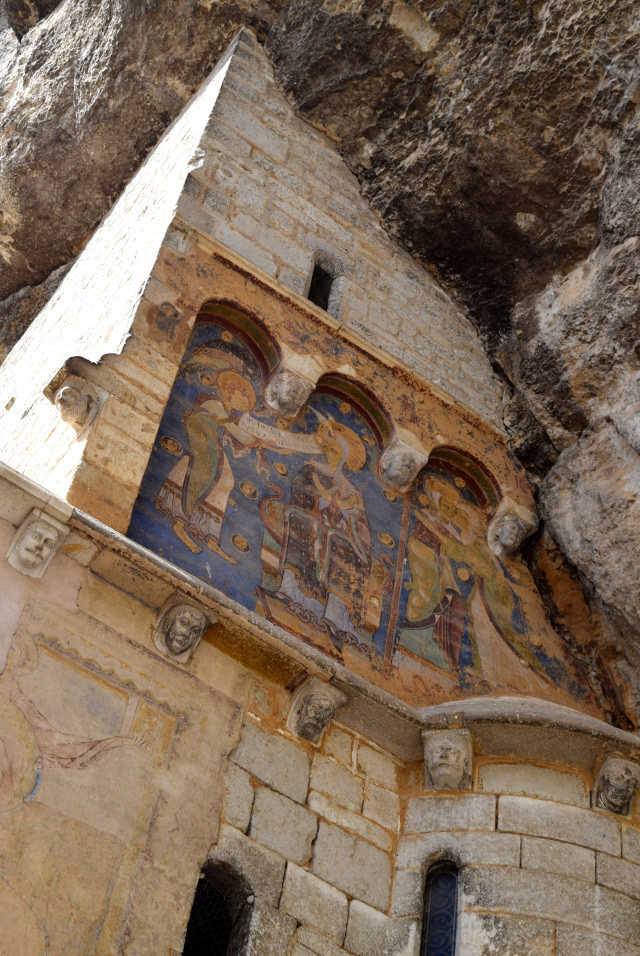
Because a lot of the holy site is protected by the overhang of the cliff it is built into, lots of frescos have survived from as early as the 12th century. I don’t know when the remains of the skeleton fresco depicting the day of reckoning is dated from, but it is extremely rare to see something like this beautiful blue (and I can imagine expensive as it is made with lapis lazuli at a guess from when I studied History of Art) depiction of The Annunciation and the Visitation so well preserved open to the elements. You might miss it if you don’t know where to look for it; look up opposite the entrance to the Chapel of Our Lady and the Black Madonna.
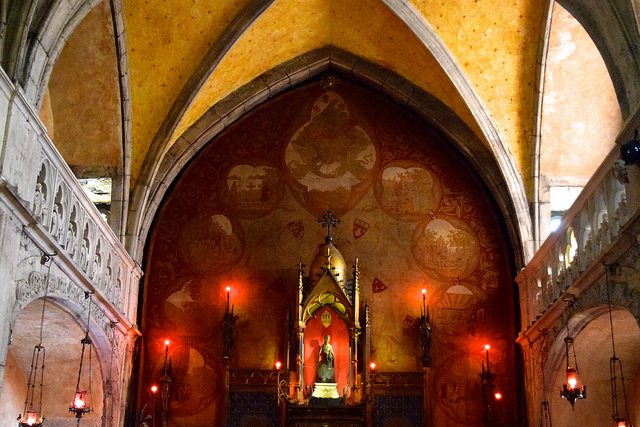
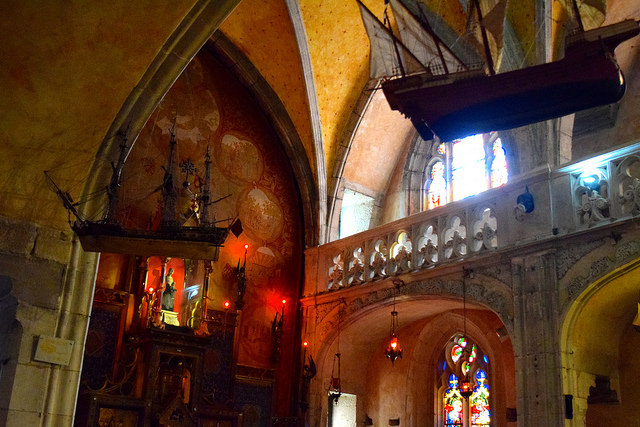
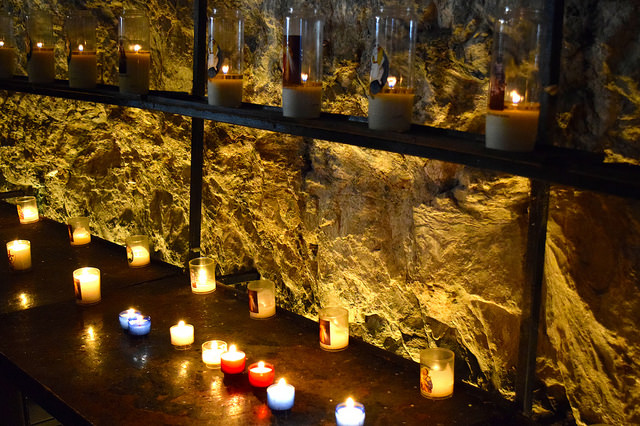
Rocamadour is famous as a pilgrimage site for many reasons. One is that there are claims that the Madonna has been seen there several times throughout history. Another is the supposedly miraculous properties of a visit and a prayer in the Chapel of Our Lady. The space itself is simply beautiful, painted in warm red and gold, and lit with golden light and flickering candles from peoples prayers.
When the grave of Rocamadour’s resident hermit (who was revered as a saint as his body was discovered long after death without decay) destroyed by a rock fall in 1456, they built a chapel to Our Lady over the top. It was believed that this hermit had carved the statue of the Virgin Mary and child that stands in the chapel, and from when it was discovered miracles were said to have started to happen, and that is what people come on pilgrimage to Rocamadour for. Our guide told us of a woman who supposedly was having difficulties having children who then conceived twins after her visit, and a woman tapped me on the shoulder in the chapel to tell me how she used to be sick, but has been well since she first visited the site.
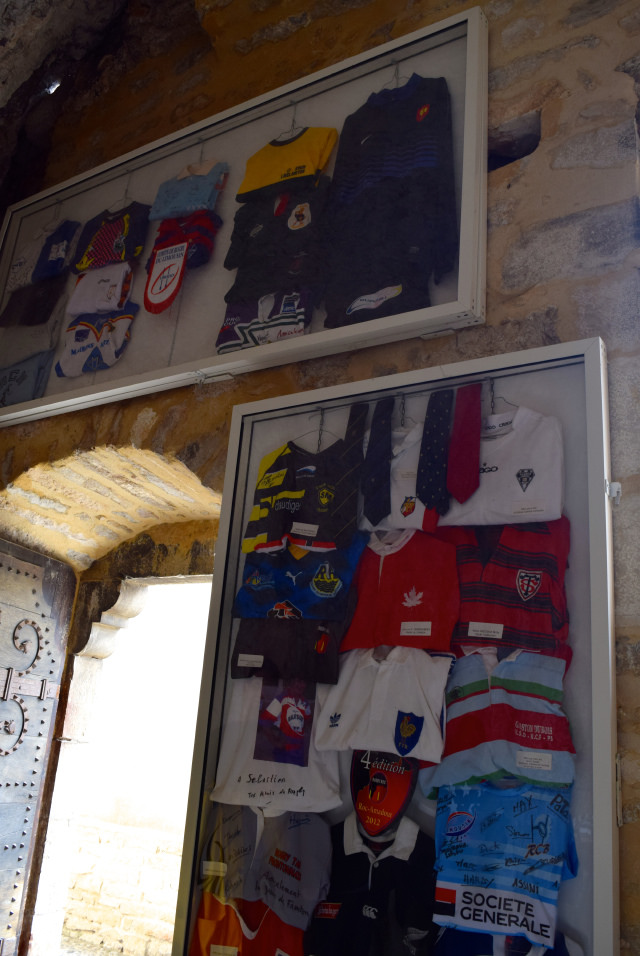
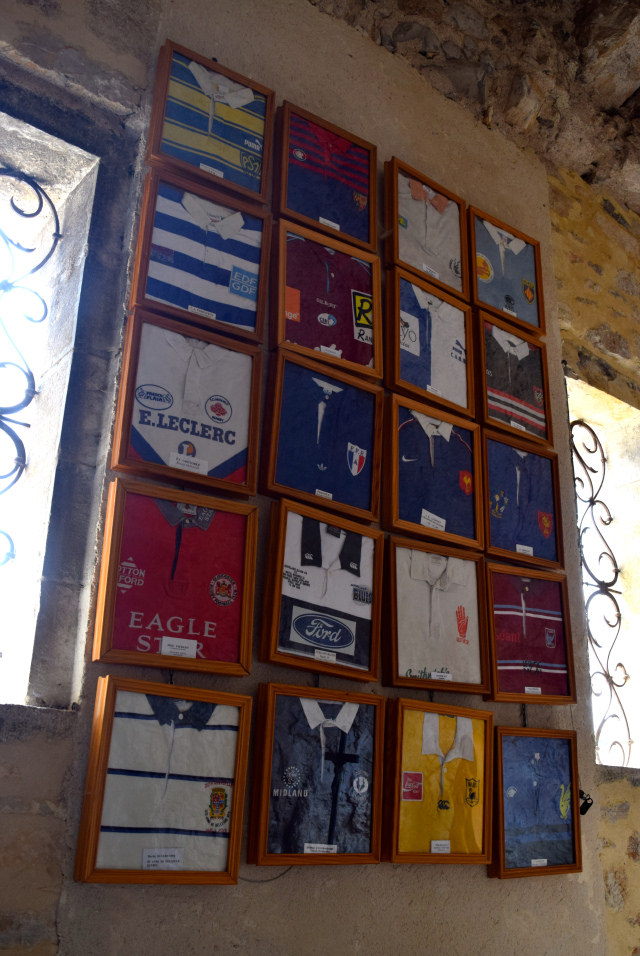
However, my favourite chapel at Rocamador is the most recent: Chappelle St Louis. The young priest who oversees religious devotion at the site happens to be a Rugby fan, so he has dedicated it as a place of prayer for good outcomes! Shirts line the walls and there is a rugby playing Virgin and Child statue on the alter.
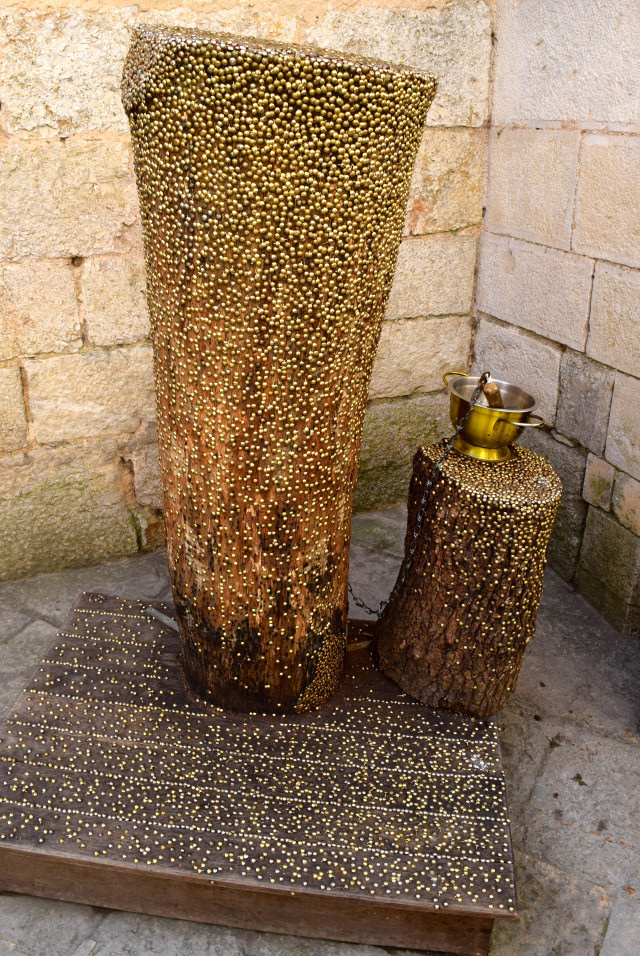
Another way for people to send up their prayers at the site I rather liked were these prayer trunks. People could take a pin stud and nail it to the wood with their prayer. Something a little different to lighting a candle, and I suppose something a bit more accessible if the chapel of Our Lady is full of tourists.
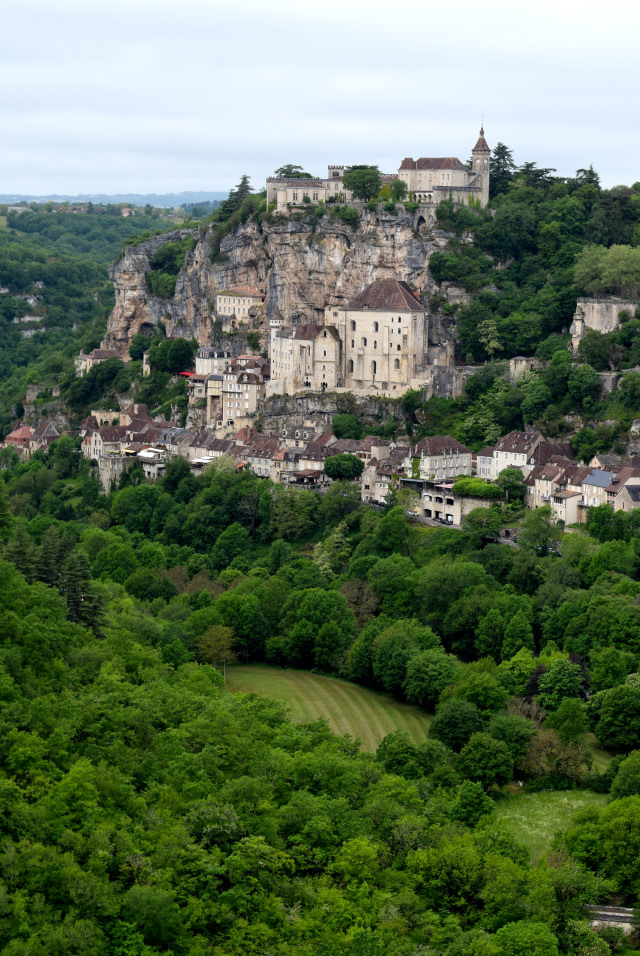
So, get up early, try to go outside of high season, and most importantly keep your eyes peeled for the little details that may be high up above you, or hidden in little nooks and crannys. Then head off for lunch. I’ve got some other things I want to share on the blog with you this week, like what I got up to for English Wine Week and over the weekend, but next week check back for the next instalment of my Dordogne trip where we’ll be going to one of the best meals I had in the region at a simply stunning chateau by the river.
I was a guest in the Dordogne Valley of Brive and Bergerac Airports and the local tourism boards.

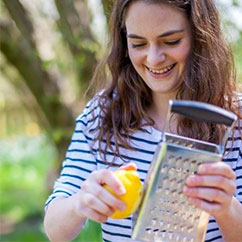

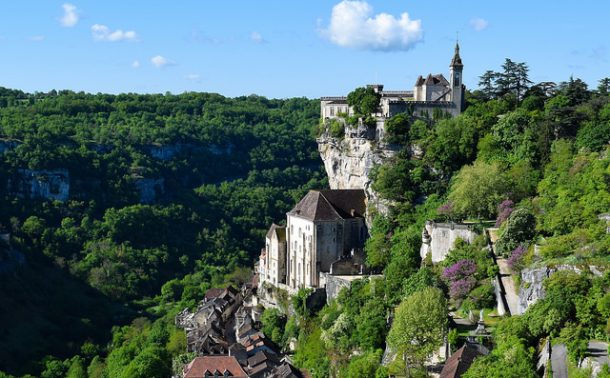
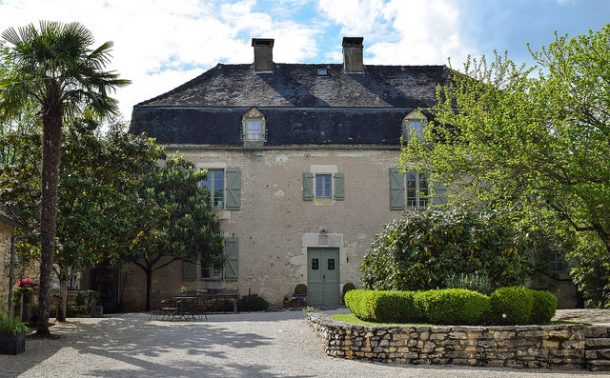
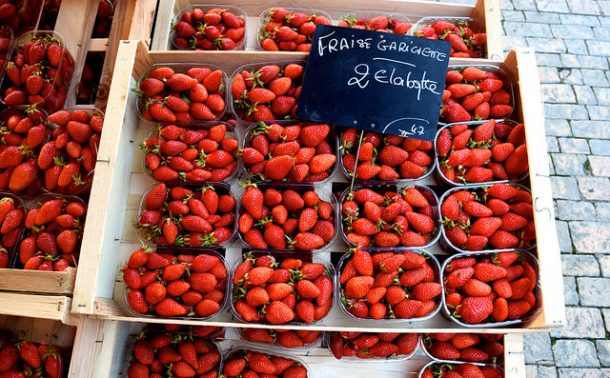
Discussion